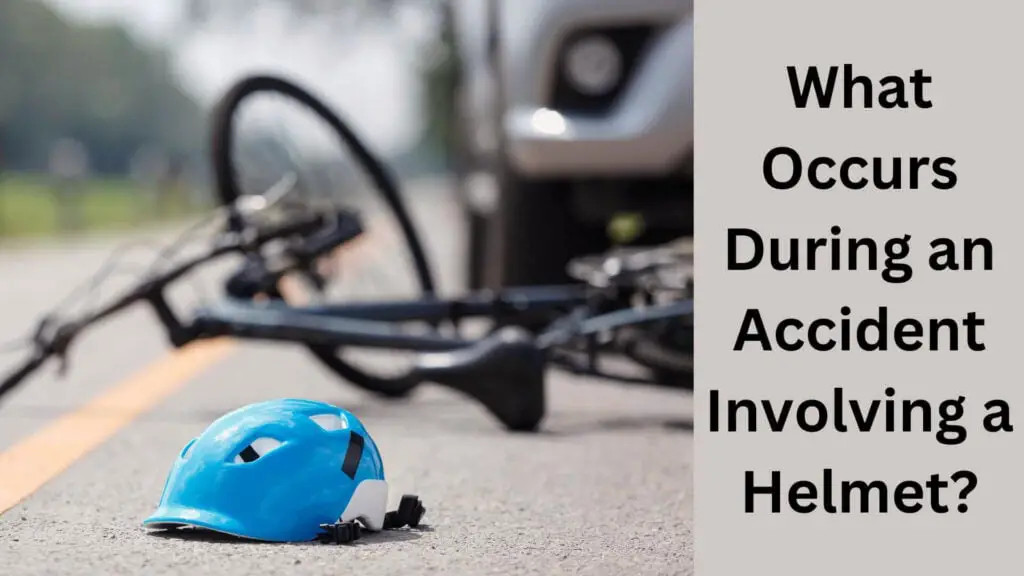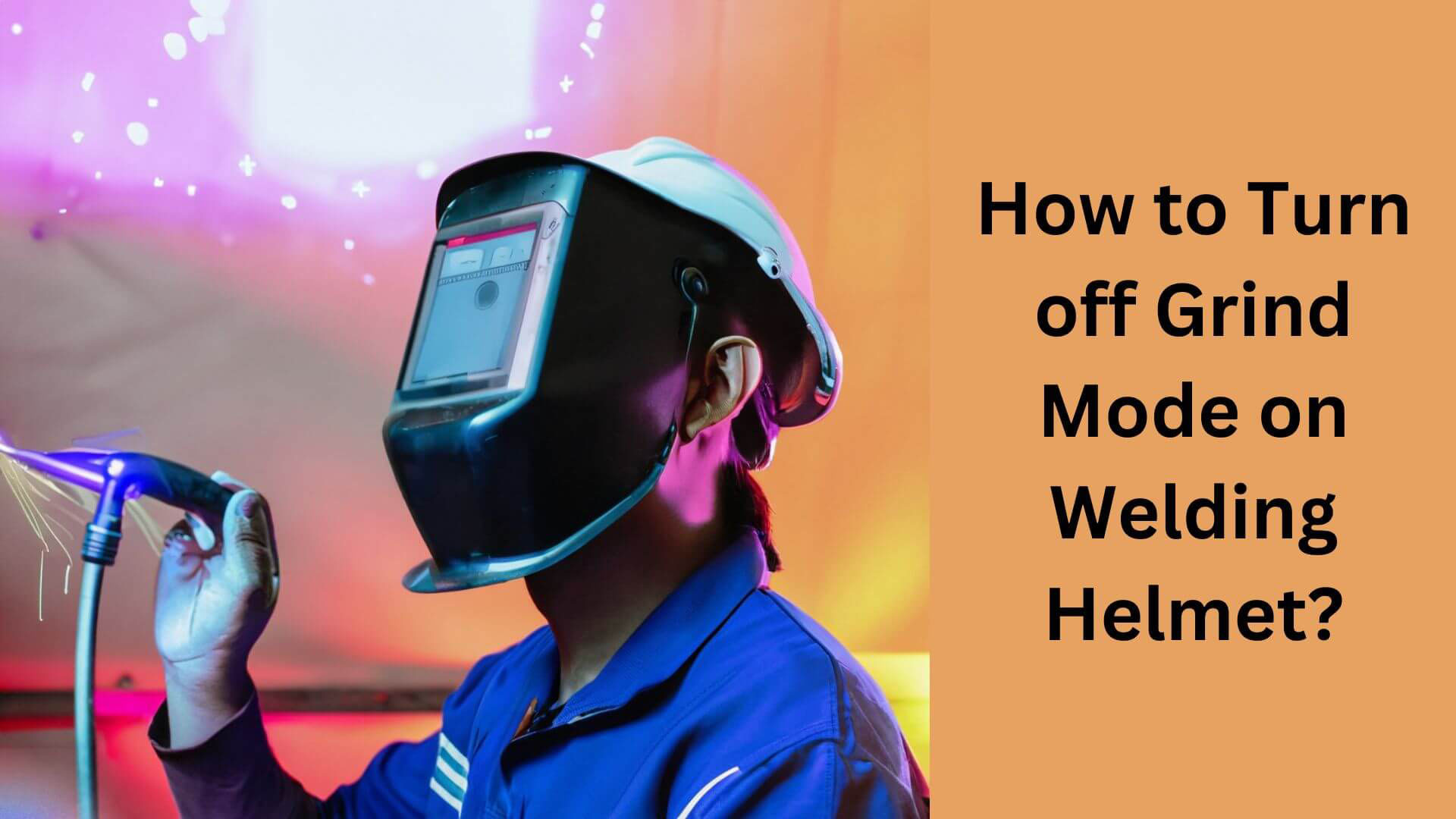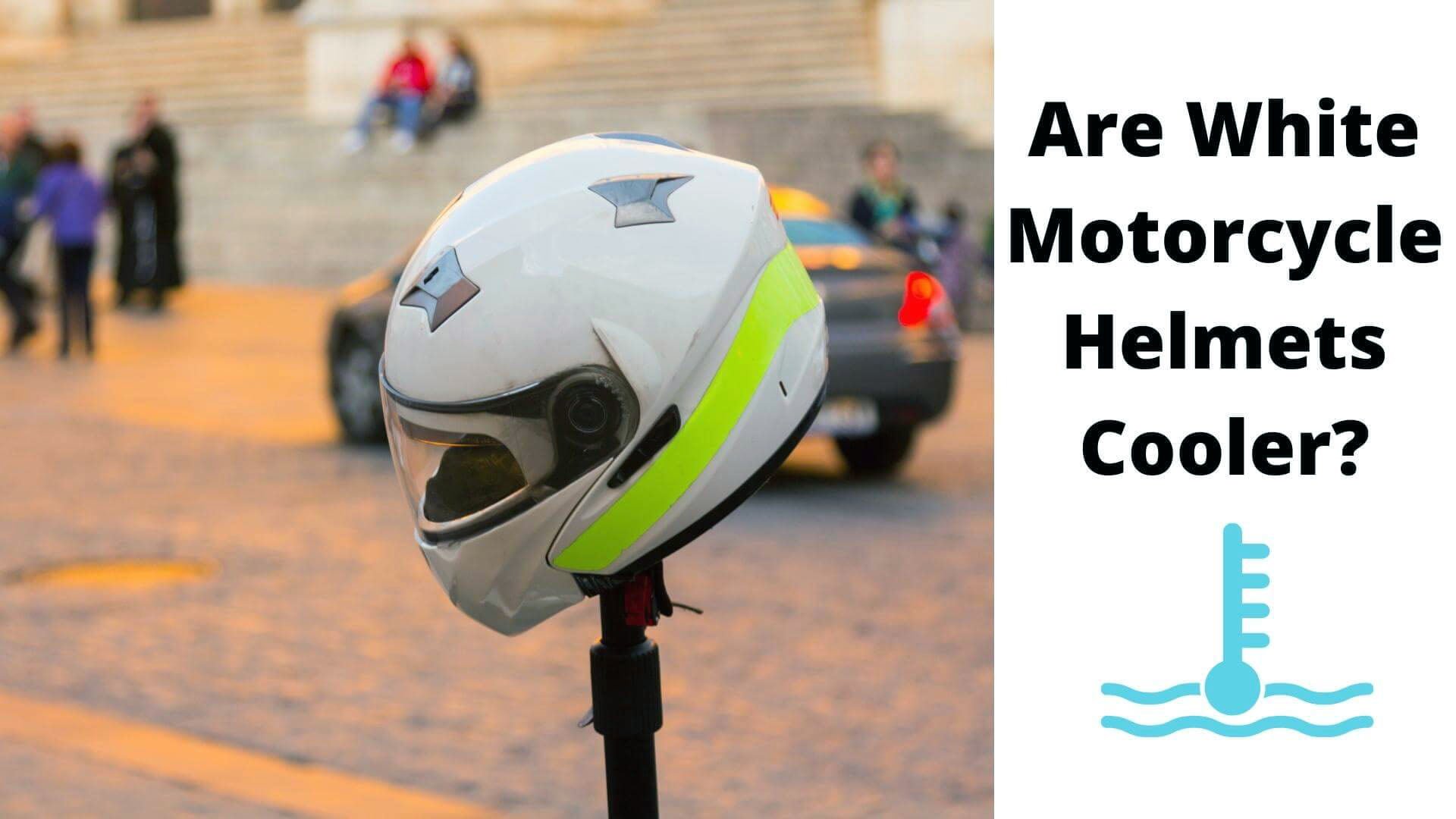Do Bike Helmets Expire? Detailed Explained

Bike helmets are essential safety gear for cyclists, as they protect the head from injury in the event of a crash. However, with time, helmets can deteriorate and lose their protective properties.
This raises the question of whether bike helmets have an expiry date. While the lifespan of a helmet can vary based on several factors, such as usage, storage, and exposure to the elements, manufacturers generally recommend replacing a helmet every 5 to 10 years.
It’s important to note that helmets involved in an accident should be replaced immediately, regardless of age, as they may have sustained damage that affects their ability to protect the head.
Regular inspections can also help determine when a helmet needs to be replaced. Ultimately, choosing to wear a helmet that is in good condition can make a critical difference in reducing the severity of head injuries in a crash.
What are the Factors that Determine the Lifespan of a Bike Helmet?
Yes, these are three of the most common factors that determine the lifespan of a bike helmet:
- Usage: The frequency and intensity of use can significantly impact a helmet’s lifespan. Regular exposure to sunlight, sweat, and other elements can cause the helmet to deteriorate over time.
- Storage: Proper storage can help extend the life of a helmet. Keeping a helmet away from direct sunlight and in a cool, dry place can help protect it from damage.
- Exposure to the elements: The elements, such as rain, wind, and extreme temperatures, can cause the helmet to deteriorate faster. This can weaken the helmet’s structural integrity and reduce its ability to protect the head in a crash.
Inspecting a helmet for signs of wear and tear regularly and replacing it when necessary to ensure that it provides the best possible protection in the event of a crash.
Read More: How to Wear a Bike Helmet?
What is the Recommended Lifespan of a Bike Helmet?
- Differences in opinions among manufacturers:
The recommended lifespan of a bike helmet can vary among different manufacturers. Some may recommend replacing a helmet every 3 to 5 years, while others may suggest a longer lifespan of 7 to 10 years. It’s essential to check the manufacturer’s guidelines for specific recommendations.
- Average lifespan according to experts:
Despite the differences in opinions among manufacturers, experts generally recommend replacing a bike helmet every 5 to 7 years.
This is based on the assumption that a helmet will be used regularly and exposed to various environmental conditions over this period.
The actual lifespan of a helmet will depend on factors such as usage, storage, and exposure to the elements.
It’s important to note that helmets involved in an accident should be replaced immediately, regardless of age, as they may have sustained damage that affects their ability to protect the head.
Regular inspections can also help determine when a helmet needs to be replaced. Ultimately, choosing to wear a helmet that is in good condition can make a critical difference in reducing the severity of head injuries in a crash.
Read More: What to Look for in a Bike Helmet?
What Occurs During an Accident Involving a Helmet?

If a helmet is involved in an accident, it should be replaced immediately, even if there is no visible damage. This is because a crash’s impact can weaken the helmet’s structural integrity and reduce its ability to protect the head in the future.
The helmet’s foam liner can also become compressed, reducing its ability to absorb impact energy in the event of another crash.
It’s important to note that even if a helmet does not appear damaged, it may still have sustained hidden structural damage that affects its ability to protect the head.
A helmet in an accident may also have been contaminated with foreign materials, such as dirt or debris, which can reduce its protective properties.
Wearing a helmet that has been involved in an accident is ineffective and can also be dangerous, as it may not provide adequate protection in the event of another crash.
By replacing a helmet after an accident, you can ensure that you are adequately protected while cycling.
Read More: How to Pick a Bike Helmet
Importance of immediate replacement:
Replacing a helmet immediately after it has been involved in an accident is critical to ensuring the best possible protection in the event of another crash.
A crash’s impact can weaken the helmet’s structural integrity and reduce its ability to absorb energy in a future crash.
Even if the helmet does not appear damaged, it may still have sustained hidden structural damage that affects its ability to protect the head.
Read More: Choosing the Best Road Bike Helmet Under $100
Examination of the helmet after a crash:
After a crash, it’s essential to examine the helmet for signs of damage. This includes looking for cracks, dents, or other signs of impact damage.
If there is doubt about the helmet’s condition, it should be replaced immediately. It’s also essential to clean the helmet after an accident to remove any foreign materials that may have contaminated it and reduce its ability to protect the head.
In conclusion, wearing a helmet that has been involved in an accident can be dangerous and reduce the effectiveness of the helmet in protecting the head in the event of another crash. By replacing a helmet immediately after a crash, cyclists can ensure that they are adequately protected while cycling.
Read More: Are Bicycle Helmets Dot Approved
How Can one Determine if a Helmet Needs to be Replaced?

Regular inspections, signs of wear and tear, and deterioration of protective properties can indicate when a helmet needs to be replaced. Replace immediately after accidents.
- Regular inspections: Inspecting a helmet is an excellent way to determine if it needs to be replaced. This can help identify signs of wear and tear or any other damage that may affect the helmet’s ability to protect the head in a crash.
- Signs of wear and tear: Look for signs of wear and tear, such as cracks, dents, or any other visible damage to the helmet. This can indicate that the helmet has been involved in an impact and may no longer provide adequate protection in a crash.
- Deterioration of protective properties: Exposure to the elements, such as sunlight and heat, can cause the protective materials in a helmet to deteriorate over time. This can reduce the helmet’s ability to absorb energy and protect the head in a crash. Checking for signs of deterioration, such as discoloration or a reduction in the thickness of the foam liner, can indicate that a helmet needs to be replaced.
In conclusion, regularly inspecting a helmet, looking for signs of wear and tear, and checking for deterioration of protective properties can help determine when a helmet needs to be replaced.
By wearing a helmet that is in good condition, cyclists can ensure that they are adequately protected while cycling.
FAQs Questions About Do Bike Helmets Expire?
What are the factors that determine the lifespan of a bike helmet?
A: Usage, storage, and exposure to the elements are the main factors determining a bike helmet’s lifespan.
What is the recommended lifespan of a bike helmet, according to experts?
A: Experts generally recommend replacing a helmet every 3 to 5 years or after an impact. However, this can vary based on the manufacturer’s guidelines and the frequency and intensity of usage.
What happens if a helmet is involved in an accident?
A: If a helmet is involved in an accident, it is recommended to replace it immediately, as the protective properties may have been compromised even if there are no visible signs of damage.
Why is it essential to replace a helmet immediately after an accident?
A: Replacing a helmet after an accident is essential because the protective properties may have been compromised, even if there are no visible signs of damage. This can reduce the helmet’s ability to protect the head in a future crash.
How can one determine if a helmet needs to be replaced?
A: Regular inspections, signs of wear and tear, and deterioration of protective properties can indicate when a helmet needs to be replaced. Replace immediately after accidents.
What are the signs of wear and tear to look for in a helmet?
A: Signs of wear and tear include cracks, dents, and other visible damage to the helmet. This can indicate that the helmet has been involved in an impact and may no longer provide adequate protection.
How can exposure to the elements impact the lifespan of a helmet?
A: Exposure to the elements, such as sunlight and heat, can cause the protective materials in a helmet to deteriorate over time. This can reduce the helmet’s ability to absorb energy and protect the head in a crash.
What should one do if one suspects their helmet has been involved in an accident?
A: If a helmet has been involved in an accident, it is recommended to replace it immediately, as the protective properties may have been compromised even if there are no visible signs of damage.
How often should one inspect their helmet for signs of wear and tear?
A: It is recommended to regularly inspect a helmet, at least once a year, for signs of wear and tear or any other damage that may affect the helmet’s ability to protect the head in a crash.
Is it necessary to follow the manufacturer’s guidelines for the recommended lifespan of a helmet?
A: Yes, it is recommended to follow the manufacturer’s guidelines for the recommended lifespan of a helmet, as different manufacturers may have different recommendations based on their materials and testing standards.
Final Thoughts
In conclusion, bike helmets are essential protective gear for cyclists and play a crucial role in reducing the risk of head injury in the event of a crash.
The lifespan of a helmet is influenced by factors such as usage, storage, exposure to the elements, and involvement in an accident.
It’s essential to regularly inspect the helmet for signs of wear, tear, and deterioration, replace it immediately after an accident and follow the manufacturer’s guidelines for recommended lifespan.
By wearing a helmet that is in good condition, cyclists can ensure that they are adequately protected while cycling and reduce the risk of head injury in the event of a crash.

Hey, I’m Hrithik Hossain. I am the head of helmethacks.com, which specializes in safety helmets. I am looking to connect with anyone interested in purchasing a helmet or who has any questions about different types of helmets. I have over 8 years of experience as a helmet expert, and I can’t wait to help you find the perfect helmet for you. I can help you with any questions regarding helmets, from the best brands to fitting, style, and more! I really enjoy keeping people safe by ensuring they have the best protection possible.







